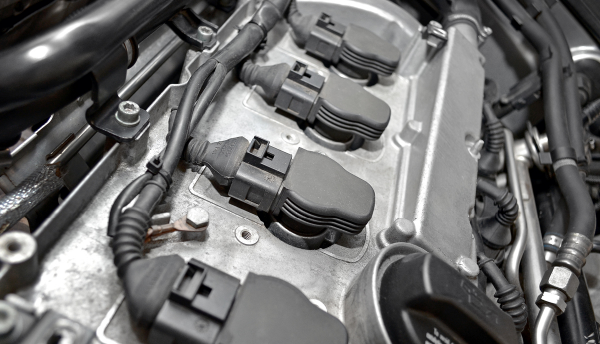
The supplier industry in North America may be on the verge of a wave of M&A activity as major companies, flush with cash in a robust market, look to expand globally and use the current momentum to establish dominant positions in key technologies.
Major acquisitions have been few and far between during the upturn in the North American industry, and many executives still concede a reluctance to overextend in the event of another downturn.
But the tide appears to be turning, and in particular there is growing interest in high-tech safety technology suppliers. Also, private equity could be back in the mix.
A key signpost: BorgWarner management recently laid out for analysts a plan to double the size of the company by 2020, driven partly by acquisitions.
After a briefing from executives, JP Morgan reported that M&A “is a key focus area for both the firm’s management and its capital at present.”
“M&A is expected to be propelled by bolt-on acquisitions with a unique or complementary technology, although the potential exists for large acquisitions as well (although likely nothing ‘transformative’).”
Indeed, JP Morgan said it was “surprised to learn the extent of BWA’s acquisition initiatives” and that the supplier’s M&A strategy seemed among “the highest areas of focus for management currently; BWA expects to announce at least one material acquisition within the next 12 months.”
Executives said BorgWarner is looking at 30 potential targets, with combined revenue of $5 billion. It is in talks with four of them, and “in advanced stages of discussion with two,” according to JP Morgan.
“Management suggested many of the targets have a narrow regional focus, suggesting opportunity to lever a target’s products and technology across BWA’s broader global footprint,” according to the analysis.
Such strategies seem to be taking hold across the industry. A third of the auto industry executives who participated in a recent Ernst & Young survey said they expect to pursue an acquisition in the next 12 months, compared to 19% in October 2012. Over three quarter of the respondents expect the value of future M&A deals to be in excess of $50 million.
But so far this year M&A activity in North America has been modest. Among the recent exceptions:
*Federal-Mogul, which has struggled with losses in the past year, recently agreed to sell its connecting rod and camshaft business to JD Norman Industries, maintaining that the businesses did not fit in its long-term strategy.
*There also has been speculation around Johnson Controls’ attempts to sell its automotive electronics business. JCI, which put the $1 billion unit up for sale earlier this year, has talked to private equity firms about selling the business after apparently failing to generate buyer interest from rival auto parts suppliers.
Still, Visteon and Delphi are said to be interested in the unit, and Chinese supplier Huayu Automotive Systems is also said to be watching the proceedings closely.
*There also has been a report that Eaton Corp. is weighing a sale of its $1 billion auto-parts unit to focus on its power and lighting operations. The Bloomberg report – which said the company has had internal talks about seeking a buyer – has been denied by Eaton management.
The next wave of M&A activity may revolve around high-tech active safety features. For example, Sweden’s Autoliv, a leader in passive safety features, has said it is seeking acquisitions involving components such as electronic stability control and chassis technology that can help cars avoid accidents. But Chief Executive Jan Carlson said a few weeks ago that there are few companies willing to sell its sensors and radar businesses.
In some cases those companies are leveraging their technology to recruit new investors. For example, Amsterdam-based Mobileye N.V., which has supplied collision-avoidance technology to BMW and General Motors, says it has raised money from five investors – which it did not name – that totalled about $400 million.
Mobileye said it expects to sell two million driver assistance systems in 2013.








